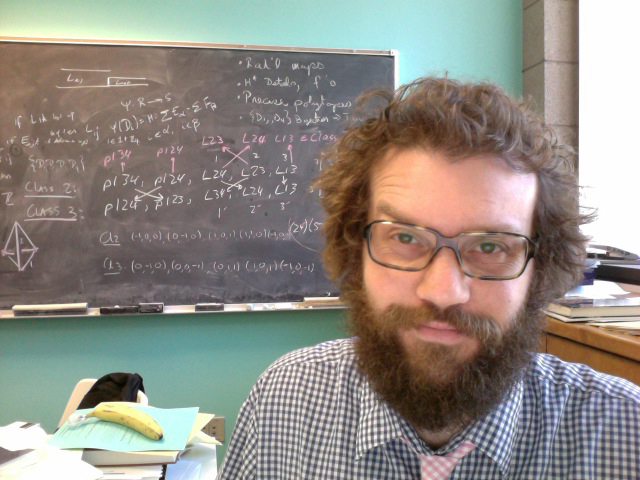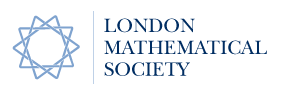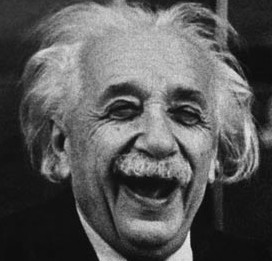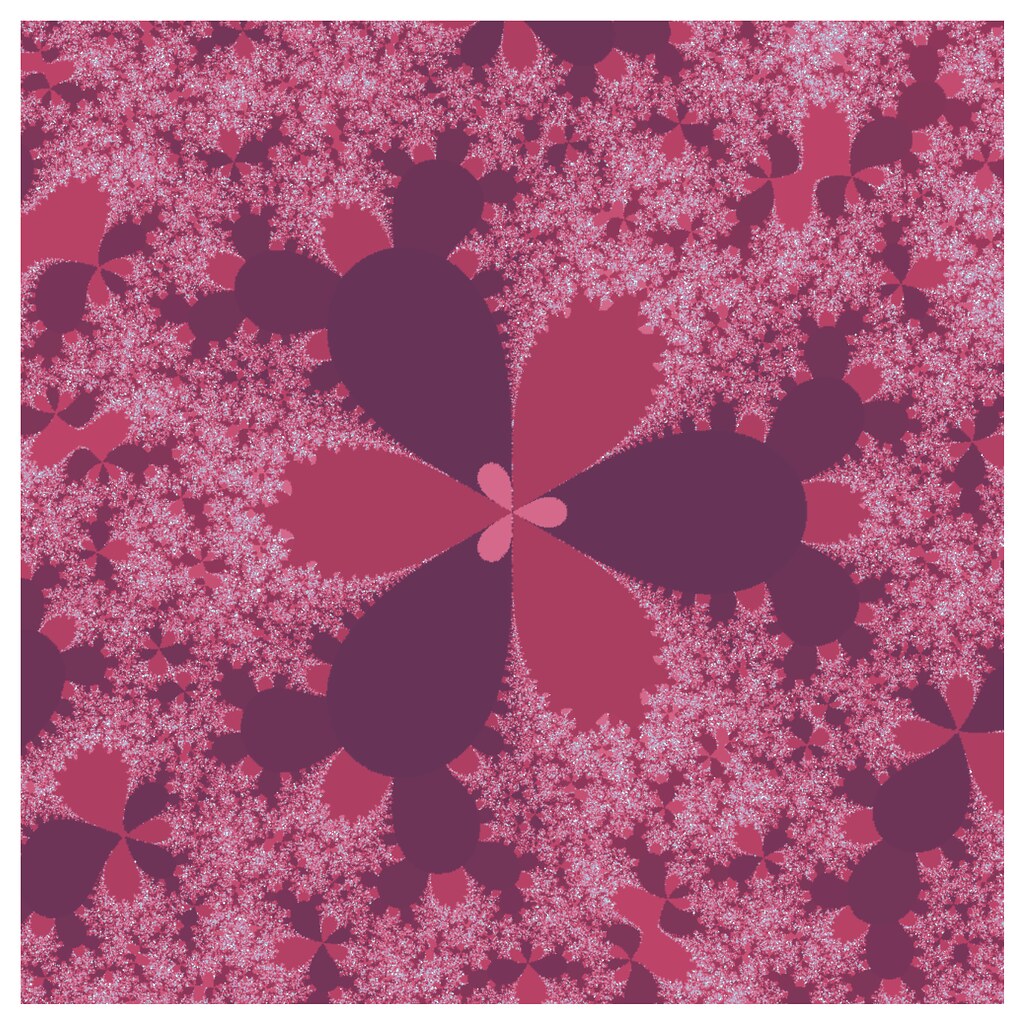
Wetwebwork from London, U.K.
The American Physical Society March Meeting 2013 (Monday–Friday, March 18–22, 2013, Baltimore, Maryland), is going to be focused on the physics of behavior. One abstract caught my eye…
Mosh pits and Circle pits: Collective motion at heavy metal concerts
Matthew Bierbaum , Jesse L. Silverberg , James P. Sethna and Itai Cohen
Heavy metal concerts present an extreme environment in which large crowds (∼10^2−10^5) of humans experience very loud music (∼130dB) in sync with bright, flashing lights, often while intoxicated. In this setting, we find two types of collective motion: mosh pits, in which participants collide with each other randomly in a manner resembling an ideal gas, and circle pits, in which participants run collectively in a circle forming a vortex of people. We model these two collective behaviors using a flocking model and find qualitative and quantitative agreement with the behaviors found in videos of metal concerts. Furthermore, we find a phase diagram showing the transition from a mosh pit to a circle pit as well as a predicted third phase, lane formation.
The preprint
Their presentation is based on a preprint on the arXiv “Collective Motion of Moshers at Heavy Metal Concerts” [1]. Using videos publicly available online, they study the highly energized collective motion of attendees at heavy metal concerts.
They model the behavior at heavy metal concerts and find a disordered gas-like state, commonly known as a mosh pit and an ordered vortex-like state known as a circle pit.
References
[1] Jesse L. Silverberg, Matthew Bierbaum, James P. Sethna, Itai Cohen, Collective Motion of Moshers at Heavy Metal Concerts, arXiv:1302.1886 [physics.soc-ph]
Link
Mosh pits and Circle pits: Collective motion at heavy metal concerts










